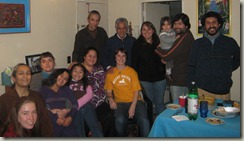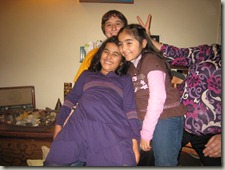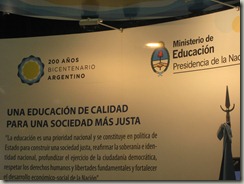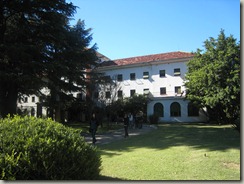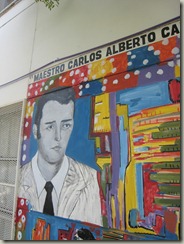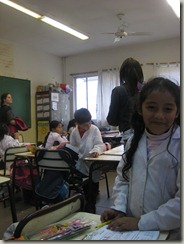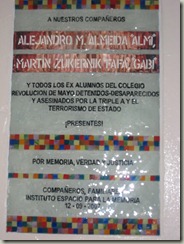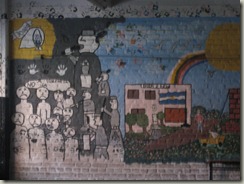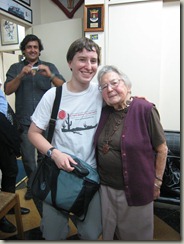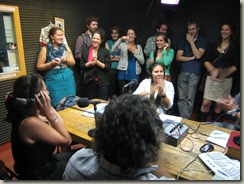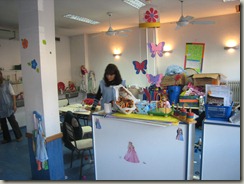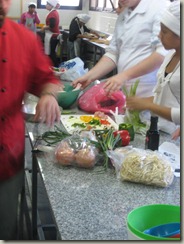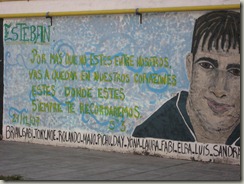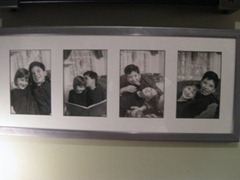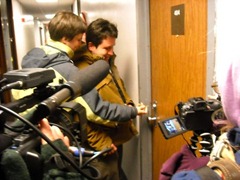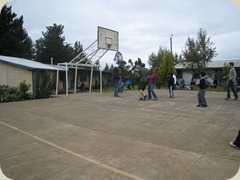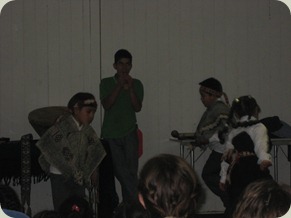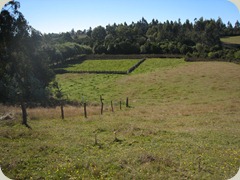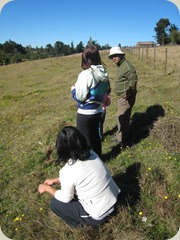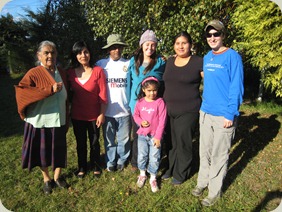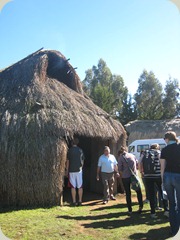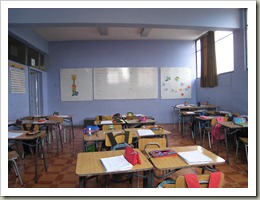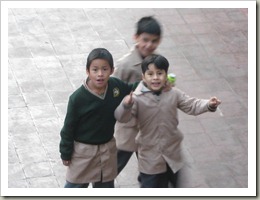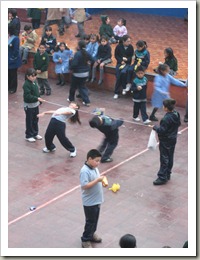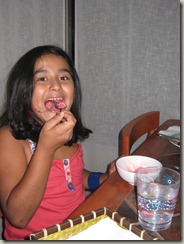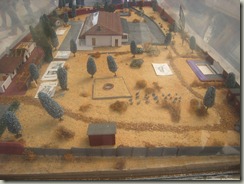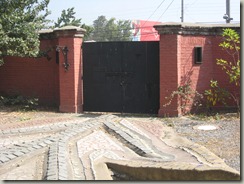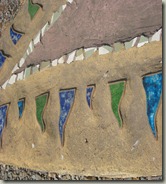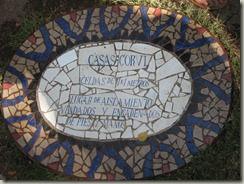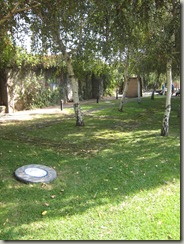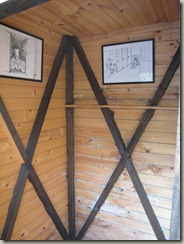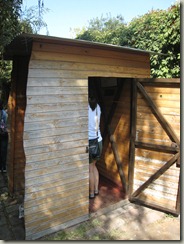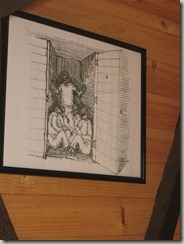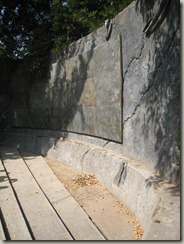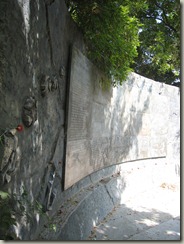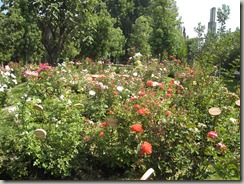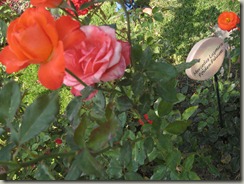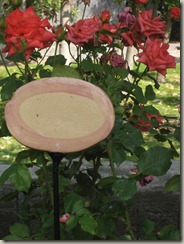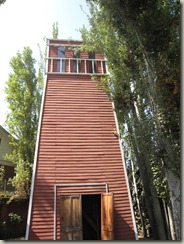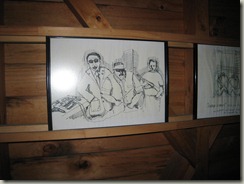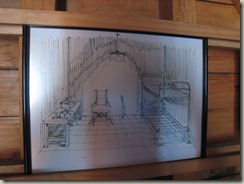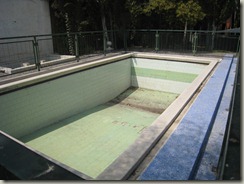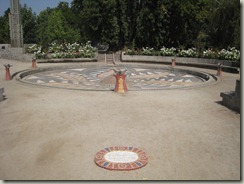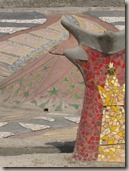Usually I don’t think superlatives are useful. Words like “the best” or “the worst” often remind me to ask myself: was it really THE best?
And so over a month later that I left my Chilean family, my three and half month stint learning Spanish, living in earthquakes and aftershocks, learning about a neoliberal education system and a system of “educación profunda” (meaningful education), becoming friends with other U.S. students, and learning more about who I am and what I want to do in this world…I feel that it is not only appropriate to use a number of superlatives to describe the experience but to thank the people who were part of making it what it was: an incredibly enriching, thoughtful, funny, scary, meaningful, challenging, frustrating, peaceful, gentle, beautiful, overwhelming experience. In many ways it was the best study abroad program I went on (okay, so I’ve only gone on one…but I think you get my point).
I had the perfect host family. Not that other people in my program didn’t have incredible host families, but my host family was the perfect family for me. It’s hard to imagine reflecting about all of this knowing that Ale, Pablo, and I developed the relationship we did. So much of who I am, is what I say. And I know I did not say everything perfectly for them to understand what I want to say. But they were unbelievably patient. I remember when she wanted to know more of my “coming out” story and I said, “Can I just say this in the present tense?” She said, “You tell me how ever you’d like to” And when we’d be having a conversation or a debate or an argument (or as they’d say—“Emma you’re just being so stubborn)…they’d make sure I got to say what I wanted to say. If they didn’t understand me, they’d ask me to start over and if I’d get frustrated with myself (which I often did) they wouldn’t let me quit—they’d make me keep trying.
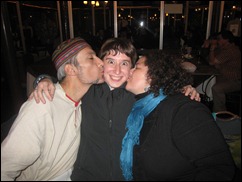 They cared about what I was learning. They wanted me to show them pictures from the different excursions. They read (not just read…Ale edited, asked me questions, told me when a section wasn’t good) my ISP so many times I couldn’t keep track. They wanted to know what I thought about the education system, how I would “teach”differently. I remember coming back from my first school visit (way back in March). Ale could tell that I was frustrated by what I saw. She listened to me list what I didn’t like. Then she asked me, “What would you do, how would you do it?” And she let me walk around her bedroom imitating how I would teach, mixed in with some words and full sentences.
They cared about what I was learning. They wanted me to show them pictures from the different excursions. They read (not just read…Ale edited, asked me questions, told me when a section wasn’t good) my ISP so many times I couldn’t keep track. They wanted to know what I thought about the education system, how I would “teach”differently. I remember coming back from my first school visit (way back in March). Ale could tell that I was frustrated by what I saw. She listened to me list what I didn’t like. Then she asked me, “What would you do, how would you do it?” And she let me walk around her bedroom imitating how I would teach, mixed in with some words and full sentences.
And we laughed. A whole lot. Often it related to food. Some weekends, especially on Sundays when Pablo didn’t have work, we’d all sleep in really late into the morning and then get up and eat a feast. We’d each take turns getting things from the cupboards and refrigerator to have everything out there---and then we could decide what to eat. 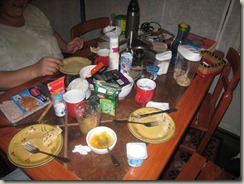 Pastries were really important to us. One day during my ISP month (May), I visited the school where Ale teaches. On the way back we stopped off at the pastry store where Ale and Pablo got their wedding cake. I said I’d treat her and buy some pastries (three—one for each of us—we’d share all of them). Long story short, Pablo never got one of them. I think Pablo eventually forgave me.
Pastries were really important to us. One day during my ISP month (May), I visited the school where Ale teaches. On the way back we stopped off at the pastry store where Ale and Pablo got their wedding cake. I said I’d treat her and buy some pastries (three—one for each of us—we’d share all of them). Long story short, Pablo never got one of them. I think Pablo eventually forgave me.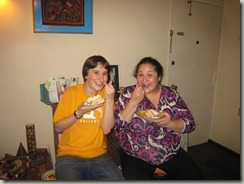 And we danced. played cards and more cards. went to family gatherings. protests and candle vigils. talked. and cried. They opened their lives to me. I felt part of their family and their extended family and close friends shared their lives with me.
And we danced. played cards and more cards. went to family gatherings. protests and candle vigils. talked. and cried. They opened their lives to me. I felt part of their family and their extended family and close friends shared their lives with me.
And in turn they became part of my family. I am forever grateful for the warm, caring, gentle people Ale and Pablo are to me, to each other, and to the world. We are all lucky to have them in this beautiful world. 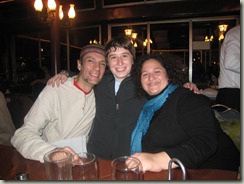 So were they really THE best?
So were they really THE best?
For who they were to me during the experience, for who they are to me now, and for the family of three we became: most definitely yes.
